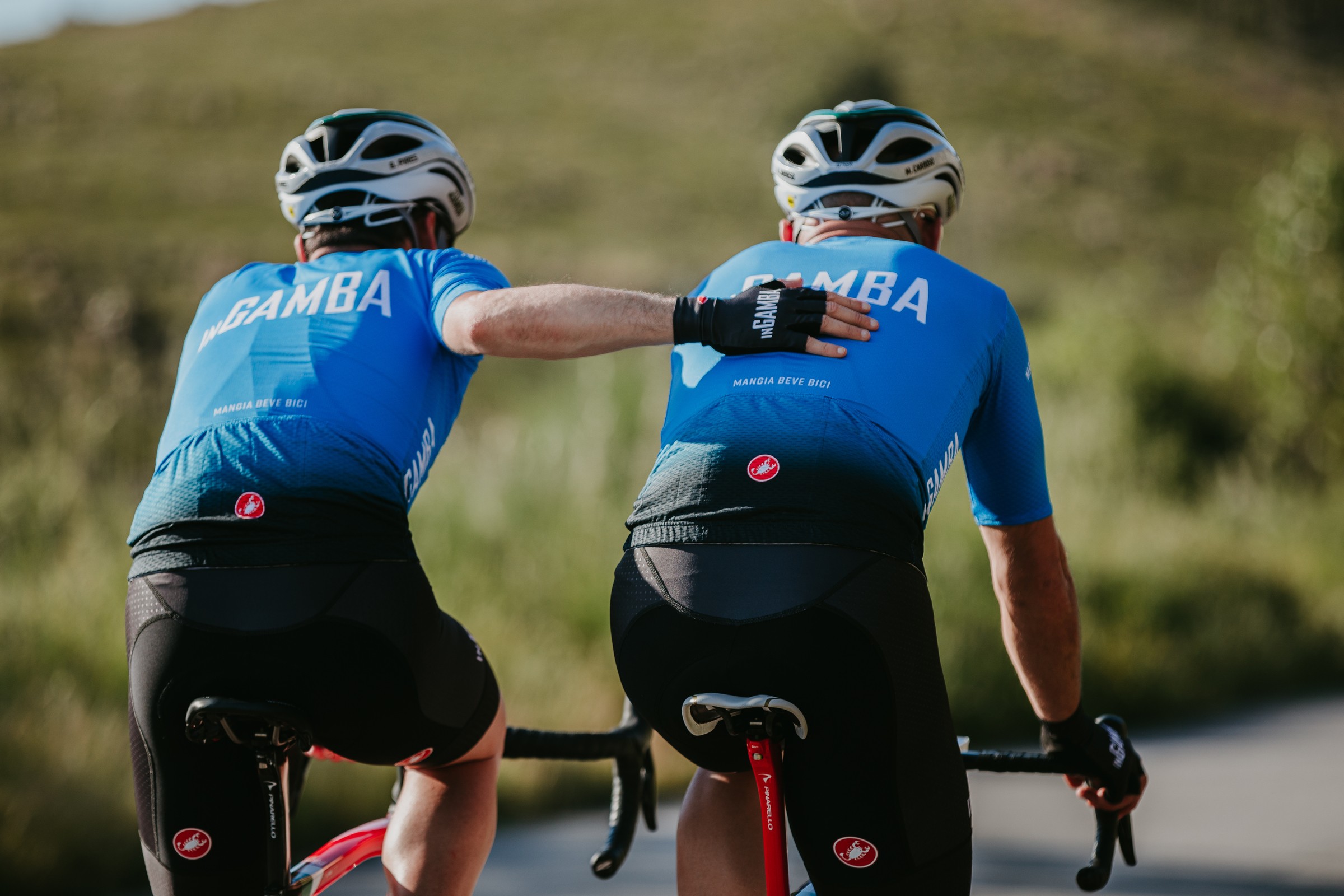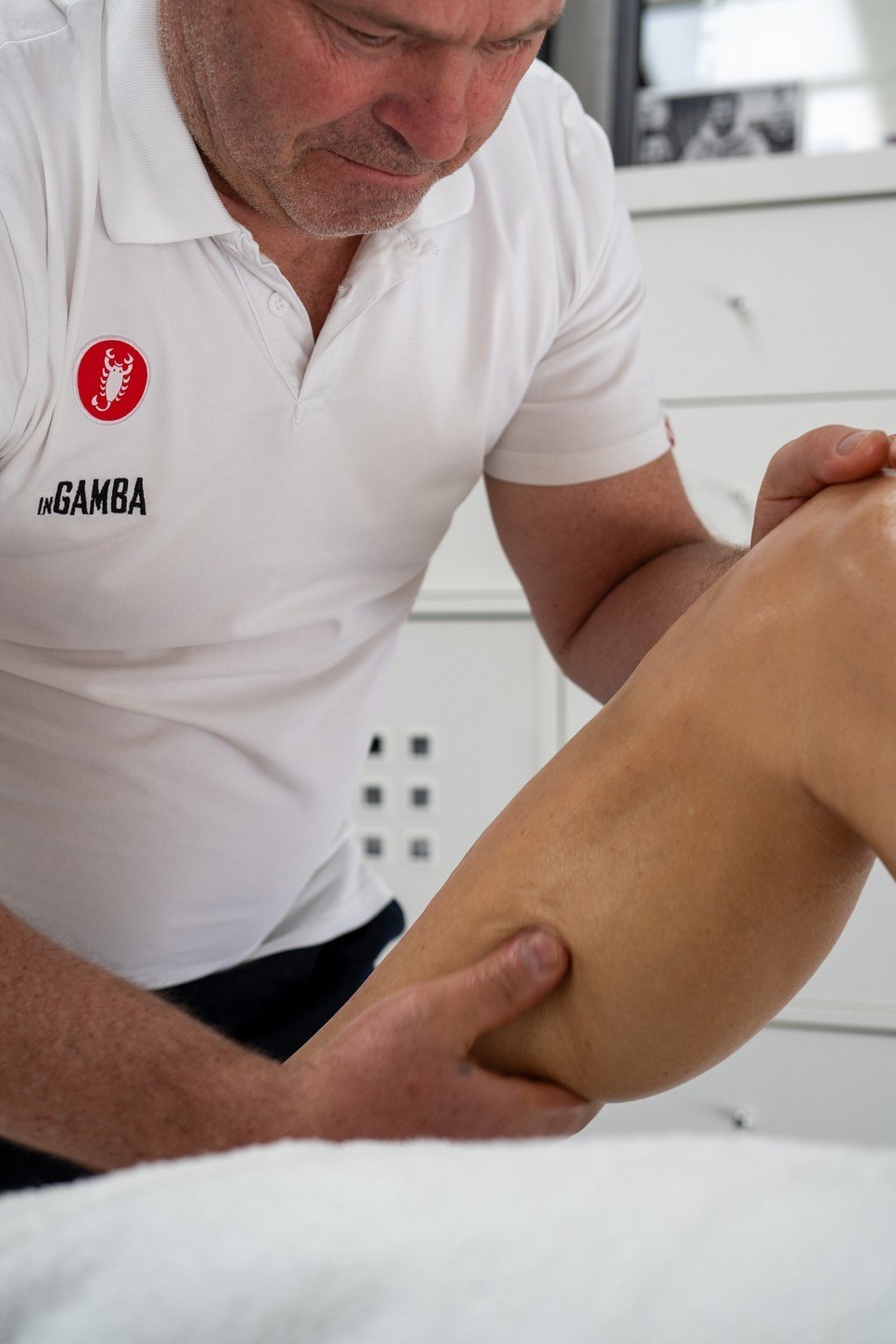Being a cyclist means you likely have great fitness—but if riding is your primary mode of exercise and entertainment, you may be missing a few critical components of great all-around health.
Mobility experts Kelly and Juliet Starrett recently released the instant bestseller Built to Move, and in it, it explores 10 key habits to living long… and more importantly, living well. For cyclists who already are thinking about being fit and healthy, this book is a good reminder that there’s a little more to a healthy life than simply pedaling. There are plenty of tiny, simple tweaks you can make to improve not just your quality of life and longevity, but it will likely translate to better riding and recovery as well!

Luckily, a read through Built to Move isn’t all bad: It features a lot of the good habits cyclists already know about, like regular exercise, smart fueling all day and getting plenty of sleep. But it also may make a cyclist cringe just a little bit, since it does highlight some things that we’re very likely not doing, like keeping our upper back and hips happy.
Here, we’re looking at the four best tips for cyclists from Built to Move, and to learn more, make sure you pick up a copy!
Fix that hunched posture off the bike
Starett calls this concept ‘future-proofing your neck and shoulders.’ As avid cyclists, we call it ‘avoiding the combination of tech neck and a permanent hunch from getting aero.’ You know the feeling: You go from working at your desk for a few hours, typing and staring at a monitor or your phone, then you head out on a ride, looking down at your cycling computer or at the road ahead. “We become C-shaped organisms,” Starrett writes. When was the last time you did even the slightest backbend?
Starrett recommends checking in with your posture first by assessing how easy it is for you to turn your head in all directions, and to put your arms up over your head. Feeling a little creaky? You could probably use some work—and improving your shoulder and neck mobility not only will pay off in real life and leave you with less back and neck pain, it may also mean you’re less prone to things like rotator cuff injury in the event of a crash. To fix this, Starrett has a list of great mobility exercises, but also suggests simply getting aware and moving more in daily life. Don’t just rely on your car’s backup camera, look over your shoulder. Set a timer for every 20 minutes while at your desk to remind you to get up, roll your shoulders back, lift your arms overhead, and simply stretch in a way that feels good.
Walk more
This sounds obvious, but especially for cyclists who work full time jobs, have busy family lives, and already are pressed for time squeezing in workouts, getting in an extra walk on the daily can be nearly impossible. But the Starretts stress that walking regularly improves everything from brain function to foot health—it’s literally a beneficial activity from head-to-toe! It can even speed up your recovery between workouts, since it increases circulation without stressing the body.
You probably already know this advice, but actually try to implement it into your life: Park further from work or errands and walk. Take regular breaks at the office to walk around the building, preferably outside in fresh air. Meet friends for walks (or rides) instead of at a bar. Take the kids for a walk to get to the playground. Take a conference call while walking. Just put one foot in front of the other!

Keep those hips loose
Walking also has the side benefit of helping loosen up hips, which is a common cyclist pain point. If you picture a cyclist pedaling, you quickly see that our hips have a quite limited range: They don’t travel backwards. And because many of us also sit all day, they end up in that 90-degree-or-less range of movement for the better part of the day. This is called flexion, but the Starretts say that we’re missing extension, where the leg goes back.
This can lead not just to hip pain, but back pain as well, and for cyclists, it can even translate to less power on the bike because you’re not able to push higher watts due to your inability to access all of your strength. The good news: It only takes a few minutes a day to improve mobility in your hips, and you can do the stretch while watching TV or scrolling Instagram! You can test your hip mobility and practice the best hip mobility stretch with Kelly Starrett’s couch test right here.
Take a deep breath
When you’re bent over on the bike, it can be tough to take a full, deep breath. And honestly, most of us aren’t taking full, deep breaths off the bike either. The Starretts define breathing well as expanding your chest, ribs and belly as you inhale. This maximizes oxygen intake and also helps with other bodily functions like digestion.
That’s right—your constipation may be exacerbated by not breathing deeply and massaging those internal organs! The Starretts offer quite a few great mobilizations and exercises to try, but the first two are simple: Focus on slowing down your breathing and breathing through your nose whenever possible, while allowing your belly to expand fully on the inhale. This may not be possible on the bike, but practicing it during everyday life will lead to better breathing ability on the bike, even as you switch from nose to mouth breathing. Even simply becoming aware of your breathing during rides can help improve the quality of your breathing, Starrett notes. As you focus on your breathing and try to take a deeper breath, you naturally will improve your posture to optimize your breathing ability.














